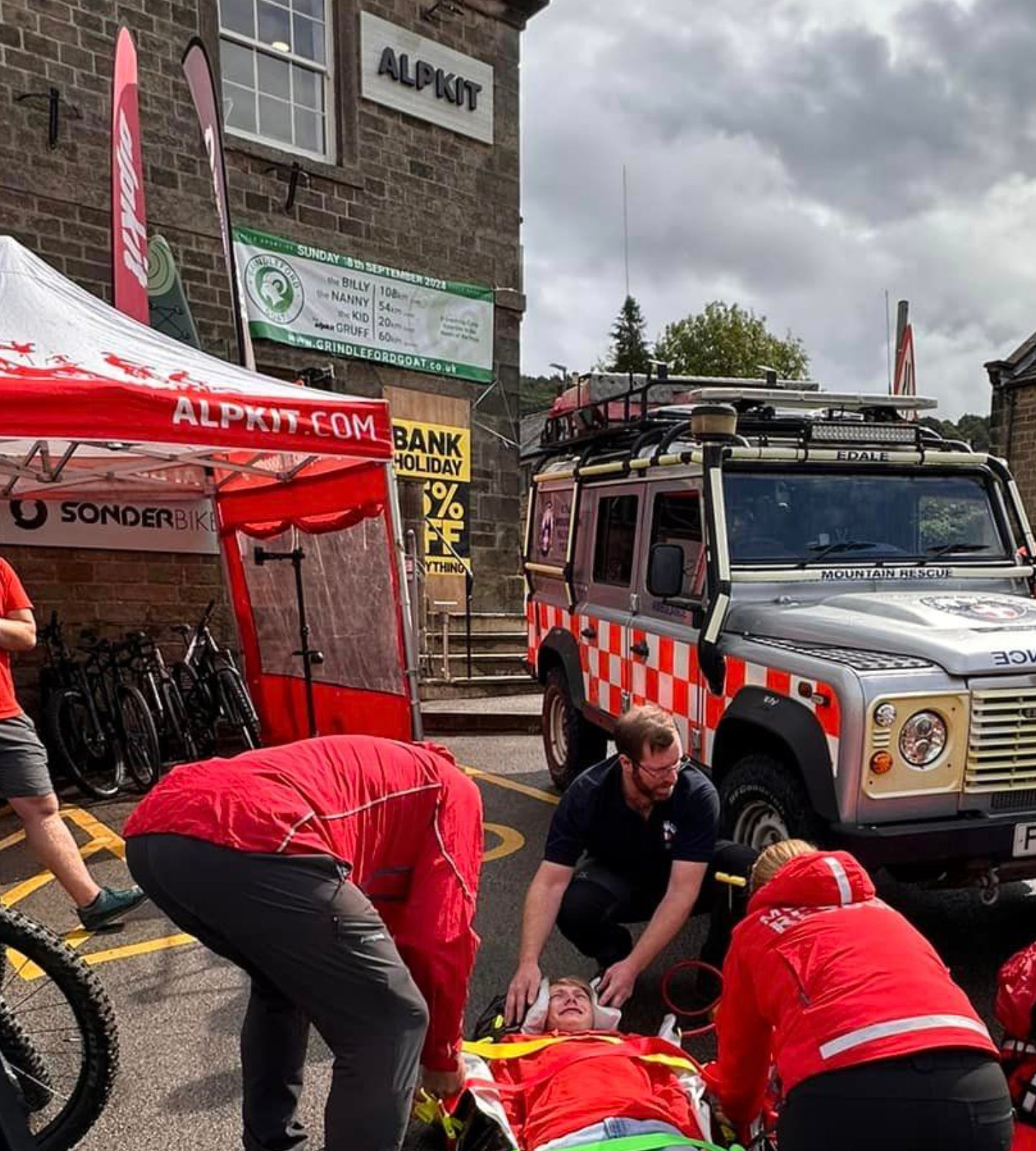
The hills in autumn and winter are incomparable; less crowds, cooler, crisper days and clear views. Amongst the beauty, the changing seasons can often present challenges and require us to take additional safety precautions. We caught up with Dave Torr from Edale Mountain Rescue Team to get his top tips for staying safe
A map and compass (and knowing how to use them!)
Bring a map and compass in addition to your GPS or phone as a physical map can make it easier to plan and see what’s ahead. Before heading out, take some time to study the map, plan your route and any back-ups just in case. Having a route in the backpocket to get you to the pub quickly and safely doesn’t hurt.

Waterproofs and additional layers
Weather in the hills and mountains can change quickly and be unpredictable. Going out without waterproofs at least packed in your bag in the autumn and winter months is unhinged behaviour. Get ‘em packed, and get those lightweight layers in there too. It can be chilly across the tops, especially when the wind is howling.
Sensible footwear
Make sure your footwear is up for the job. Avoid trainers when it’s wet and muddy, and opt for something with much more grip like walking boots or shoes. Keep on top of your shoe maintenance by cleaning them after muddy walks, let them dry out properly and apply a waterproofer regularly.
Torch and spare batteries
Torches aren’t just for helping you find your way out of your tent to go to the loo in the middle of the night. Torches help to keep you on the footpath if you’re out for longer than anticipated, and can be used to signal for help if you get yourself in a pickle. Torches are an essential piece of kit for heading out in the winter months during the shorter days.
Fully charged mobile phone (and battery pack if you’re going out for the long haul)
Most of us don’t go out without a mobile phone these days anyway but having your phone with you when heading out into the hills is necessary from a safety point of view. Let others know where you’re going if heading out solo (and even share your location), and make sure you keep it charged up just in case you need to call for an emergency.
Food and drink
Pretty self-explanatory. Pack enough food to keep you going on your adventure (and a little bit more just in case you bonk). Take plenty of water, and a thermos or BruKit (you can’t beat a brew with a view) and an optional sweet-treat to accompany.

First aid kit and survival bag (or tent)
The most important kit is the kit you hope you never have to use. It makes sense to carry a basic emergency kit (survival bag, whistle, head torch, basic first aid) on any activities where you know you could be miles from the nearest settlement. Having a basic first aid kit packed and ready in a small stuff sack or drybag means you can throw it in your rucksack for day walks without even having to think about it.
Don’t forget, respect the hills and the hills will respect you.
Additional essentials from Dave at Edale Mountain Rescue Team:
- Carry micro-spikes
- Take walking poles
- Extra food and clothing
- Carry a bothy shelter
- Spare torch and batteries/battery pack


